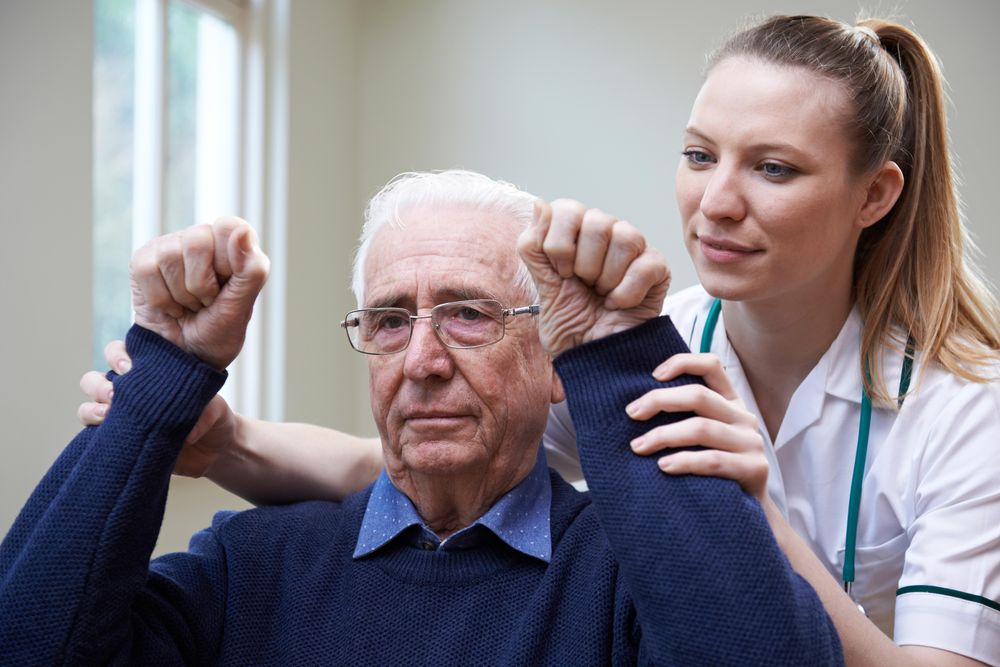Article
As Insulin Resistance Increases, So Does Stroke Risk in Patients with Diabetes
Author(s):
Data from a recent analysis suggests patients with diabetes with the lowest levels of insulin resistance had a 40% lower risk of stroke when compared to those with the highest levels.
This article was originally published on EndocrinologyNetwork.com.

In patients with type 2 diabetes, rising insulin resistance could signal an increase in risk of incident stroke, according to the results of a new study presented at the Annual Meeting of the European Associated for the Study of Diabetes (EASD).
Using estimated glucose disposal rate (eGDR) as a measure of insulin resistance, a team led by investigators from Karolinska Institute and the University of Gothenburg determined patients with increased insulin resistance were at an increased risk of incident stroke and death among patients with type 2 diabetes with lower levels of insulin resistance.
“We found that in individuals with type 2 diabetes, a low eGDR, a simple measure of insulin resistance, was associated with an increased risk of stroke and mortality,” said Alexander Zabala, MD, of the Department of Clinical Sciences and Education at Karolinska Institute in Sweden, in a statement. “eGDR could be used to help T2D patients better understand and manage their risk of stroke and death.”
The study was designed by Zabala and a team of colleagues with the intent of filling an apparent knowledge gap related to the effect of insulin resistance on risk of first stroke and death in adult patients with type 2 diabetes. To do so, investigators designed their study as an observational cohort study leveraging data from the Swedish National Diabetes Registry, the LISA database, and the national cause of death register from 2005-2016.
Using data from all patients with type 2 diabetes and full data on eGDR, which was calculated using the euglycemic hyperinsulinemic clamp technique, investigators identified 104,697 patients with type 2 diabetes for inclusion in their analyses. This patient population was 44.5% female, had a median follow-up of 5.6 years, and a mean age of 63 years. During the follow-up period, a total of 4201 incident stroke events were recorded. For the purpose of analysis, eGDR was categorized as less than 4 mg/kg/min, 4-5.99 mg/kg/min, 6-7.99 mg/kg/min, and 8 or more mg/kg/min.
In multivariable-adjusted analyses, patients with an eGDR above 4 mg/kg/min were at a lower risk of stroke than those with an eGDR less than 4 mg/kg/min. The lowest risk was observed for those with an eGDR greater than 8 (HR, 0.60 [95% CI, 0.48-0.76]) followed by those with an eGDR of 6-7.99 mg/kg/min (HR, 0.68 [95% CI, 0.58-0.80]) and those with an eGDR of 4-5.99 mg/kg/min (HR, 0.77 [95% CI, 0.69-0.87]).
A similar trend was observed when assessing risk of death. Specifically, the risk of death was decreased by 17% for those with an eGDR of 4-5.99 mg/kg/min (HR, 0.83 [95% CI, 0.76-0.89]), 23% for those with an eGDR of 6-7.99 mg/kg/min (HR, 0.77 [95% CI, 0.69-0.77]), and 28% lower for those with an eGDR of 8 mg/kg/min or greater compared to those with an eGDR less than 4 mg/kg/min. Investigators pointed out estimated explained the relative risk for each factor in the eGDR formula for risk of stroke, including hypertension, HbA1c, and waist circumference.
“It could also be of importance in research. In this era of personalized medicine, better stratification of type 2 diabetes patients will help optimize clinical trials and further vital research into treatment, diagnosis, care, and prevention,” Zabala added.
This study, “Insulin resistance and risk of first stroke in type 2 diabetes: a nationwide cohort study,” was presented at EASD 2021 and published in Diabetologia.





